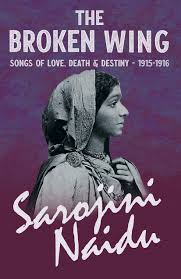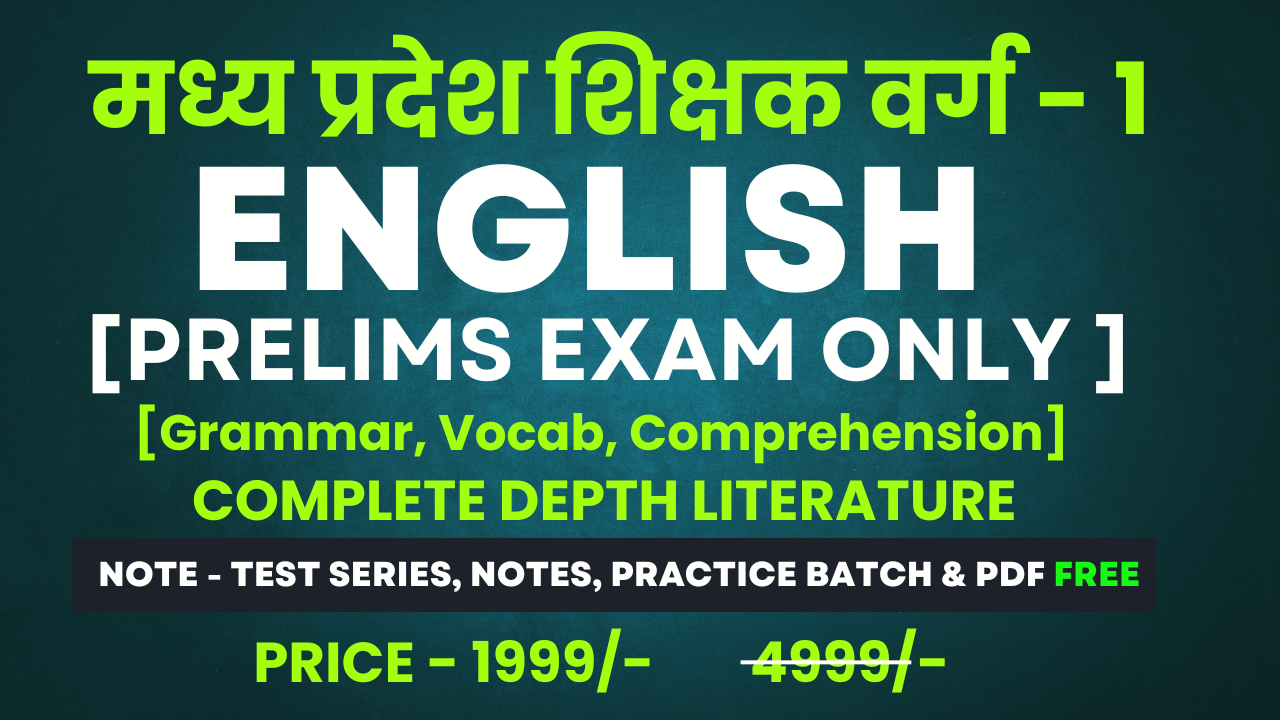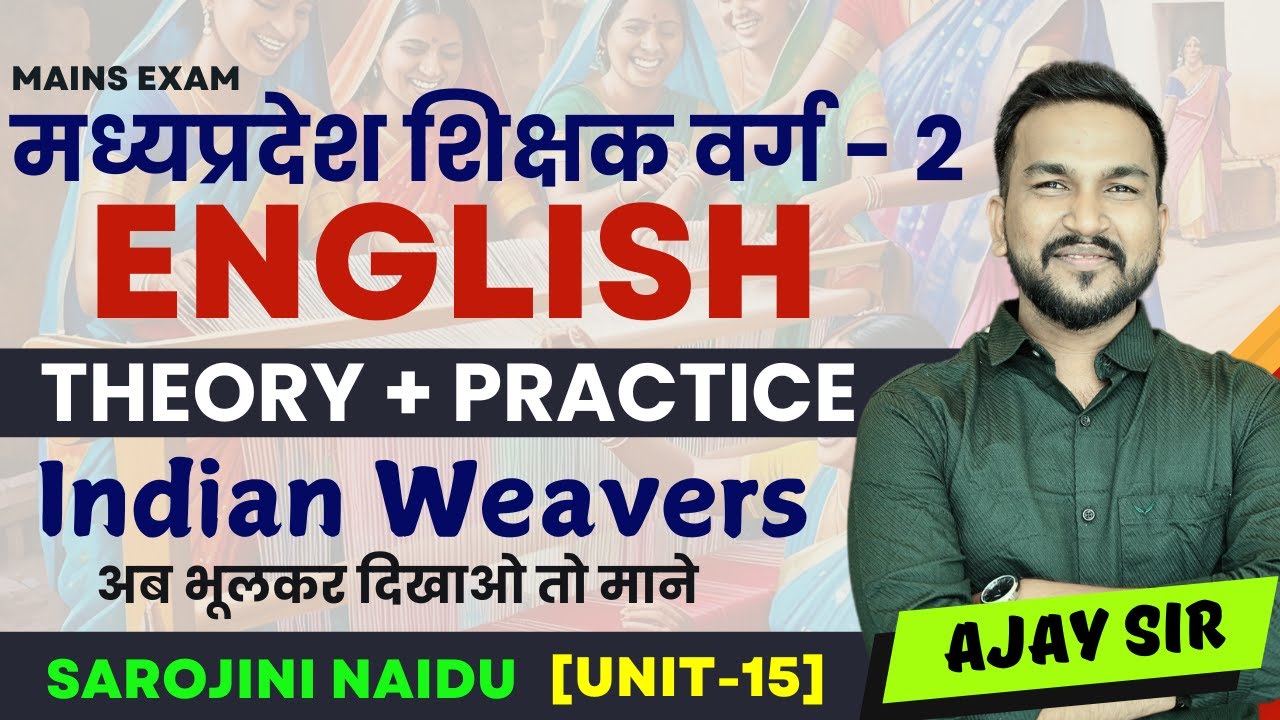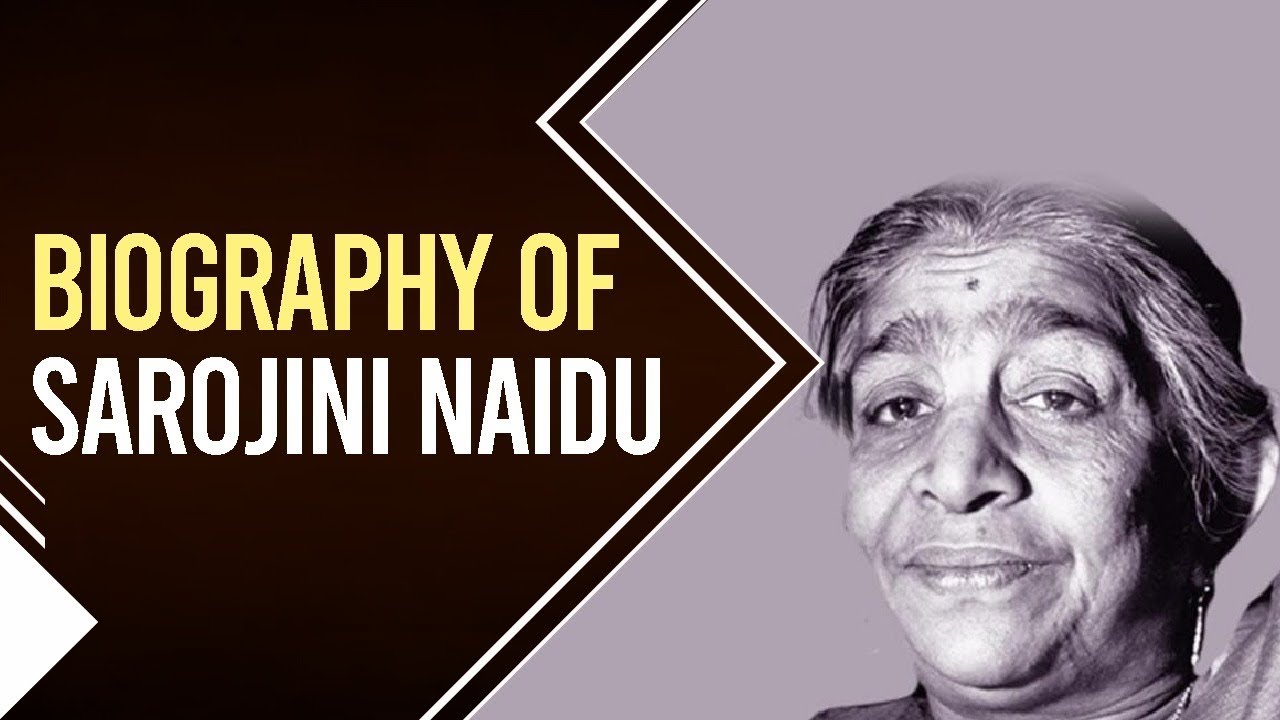The Broken Wing
The Broken Wing: Songs of Love, Death and the Spring (1917)
1. Title and Publication
- Full Title: The Broken Wing: Songs of Love, Death and the Spring
- Published: 1917 (during World War I and the rise of Indian nationalism)
- Structure: 3 sections, 47 poems
- Dedication: To her brother, revolutionary Virendranath Chattopadhyay (in exile)
- Tone: Elegiac, lyrical, nationalist, mystical
2.Genre & Subgenres
- Main Genre: Lyrical Poetry
- Subgenres:
- * Romantic lyricism
- * Spiritual and philosophical contemplation
- * Political awakening / patriotic verse
- * Elegy and lamentation
- * Folkloric and devotional themes
- * Ghazal-like rhythm and form in some poems
3.Thematic Structure
I. Songs of Love and Death
- Themes: Grief, loss, mortality, yearning
- Central Metaphor: The broken wing = sorrowful spirit, exiled hope
- Notable Poems:
- "The Broken Wing"
- "A Rajput Love Song"
- "Dirge: The Dream Dies"
- "Songs to My Son"
II. The Flowering Year
- Themes: * Seasonal symbolism (spring, summer, monsoon, autumn)
- * Reflects emotional and natural rhythms of India
- Notable Poems:
- "April"
- "Harvest Hymn"
- "Autumn Song"
- "To A Buddha Seated on a Lotus"
III. The Peacock Lute – Songs for Music
- * Lyrical, musical poems for recitation or performance
- * Rich in Indian imagery, romantic and devotional tones
- Notable Poems:
- "To My Children"
- "The Prayer of Islam"
- "An Indian Love Song"
- "Awake!"
4. Key Themes
- * Love and Longing: Romantic and maternal, often marked by separation
- * Grief and Mortality: Especially the loss of her daughter and brother
- * Exile and Return: Longing for India, cultural and spiritual homecoming
- * Patriotism: Direct calls to Indian youth (e.g., “Awake!”)
- * Nature as Metaphor: Seasons, flowers, birds reflect inner states
- * Womanhood and Motherhood: Strong feminine voice, emotional spectrum
5. Symbolism
|
Symbol |
Meaning |
|
Broken Wing |
Soul in grief, yearning to rise; also symbolizes India under colonial rule |
|
Flowers |
Indian identity, devotion, and femininity (e.g., Champak, Lotus, Marigold) |
|
Seasons |
Spring = hope, Autumn = reflection, Rain = longing and fertility |
|
Peacock |
Beauty, cultural vibrancy, and aesthetic melancholy |
|
Children |
Future, continuity, and national hope (especially referring to her daughter Padmaja Naidu) |
6. Style & Narrative Technique
- Form: Short lyrical poems, often in rhymed couplets or quatrains
- Language: English with Indian rhythm, imagery, and cadence
- Narrative Voice:
- * First-person lyrical (feminine, emotional, national)
- * Occasional third-person universal observer
- Poetic Devices:
- * Alliteration, assonance, imagery, personification, Repetition (mimicking prayer or chant)
- Tone Shifts:
- * Nostalgic → Rebellious → Devotional → Mournful
7. Religious & Cultural References
- Hinduism: Shiva, Krishna, Kamala (Lakshmi); rituals and mythic imagery
- Islamic Influence:
- * “Prayer of Islam” reflects pluralistic India
- * Sufi mysticism in love poems
- Bhakti & Sufi Traditions:
- * Devotional longing for the divine and the beloved
8. Sources of Inspiration
- Personal Loss:
- * Death of daughter Padmaja
- * Brother’s exile = personal and national mourning
- Political Context:
- * WWI and pre-Gandhian nationalist movements
- * Plea for Indian awakening
- Cultural Identity:
- * Reclaiming India’s spiritual, artistic, and feminine essence through English verse
9. Literary Influences
- Romantic Poets: Shelley, Byron, Christina Rossetti
- Indian Traditions: Bhakti poetry, Natya, devotional music
- Ghazals & Urdu Modes: Melancholic, rhythmic, emotional
- Victorian Lyricism: Subtle tone, emotional idealism
10. Critical Reception & Legacy
Contemporary Praise:
- * British critics admired her as an “exotic Indian lyrist”
- * Gandhi praised her blend of heart and nationalism
Modern Criticism:
- * Celebrated for feminist, nationalist, and multicultural poetics
- * Some critique romantic idealism, but her lyrical voice is widely respected
Legacy:
- * Considered her most personal and significant work
- * Frequently studied in Indian English Literature for its postcolonial, gender, and lyrical dimensions
11. Memorable Excerpt
“I dream of a wounded bird
Who forgets to fly, yet sings…”
— The Broken Wing
(A haunting metaphor for both personal sorrow and a colonized nation's silenced spirit.)











